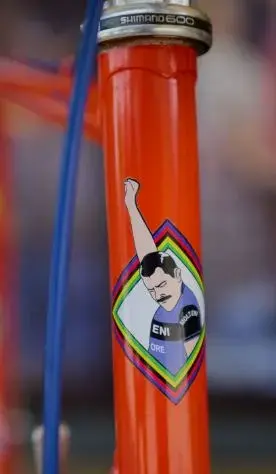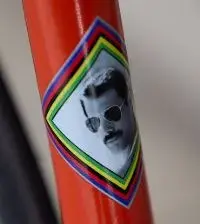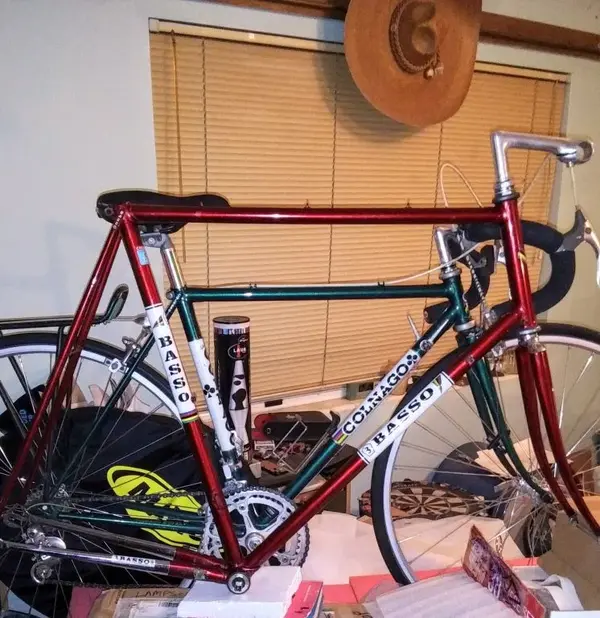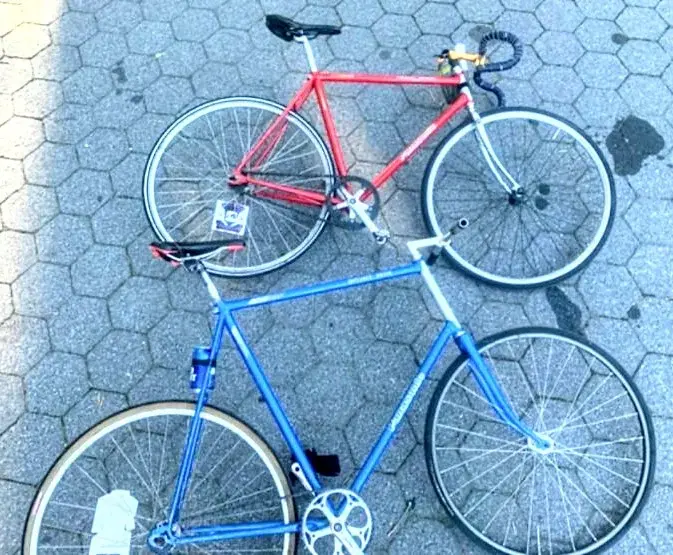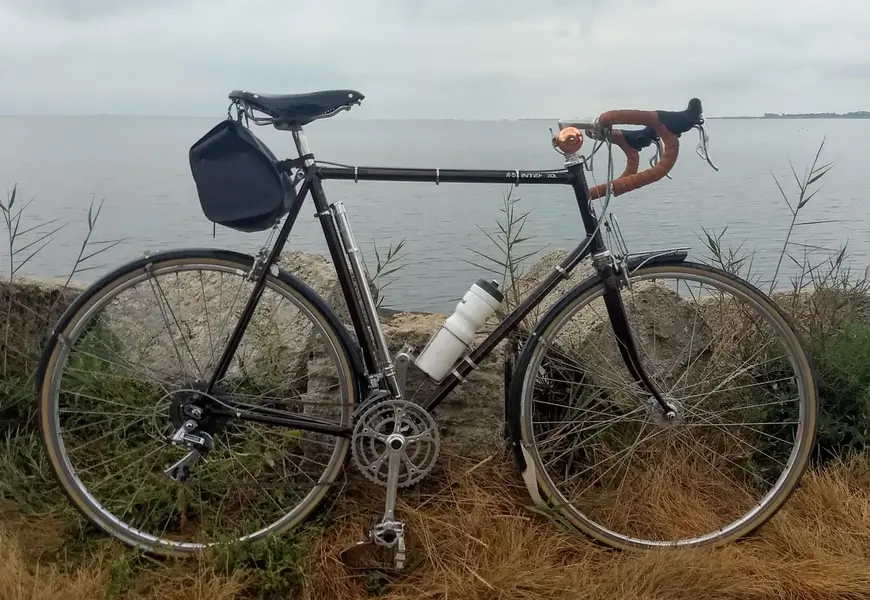LondonClassic
Senior Retro Guru
Yes, built (well, assembled) by Falcon and bloody awful things they were too. I saw a costing sheet for one of the better models in 1980 and the bottom line was a touch over £10. The frames were imported in bulk from the Far East and over the years production of the head badges had been contracted out to successively cheaper suppliers (who had no idea who Eddy Merckx was or what he looked like) with the result that his features had taken on a distinctly Oriental appearance.
You can have a lot of fun with a Merckx head tube badge.
